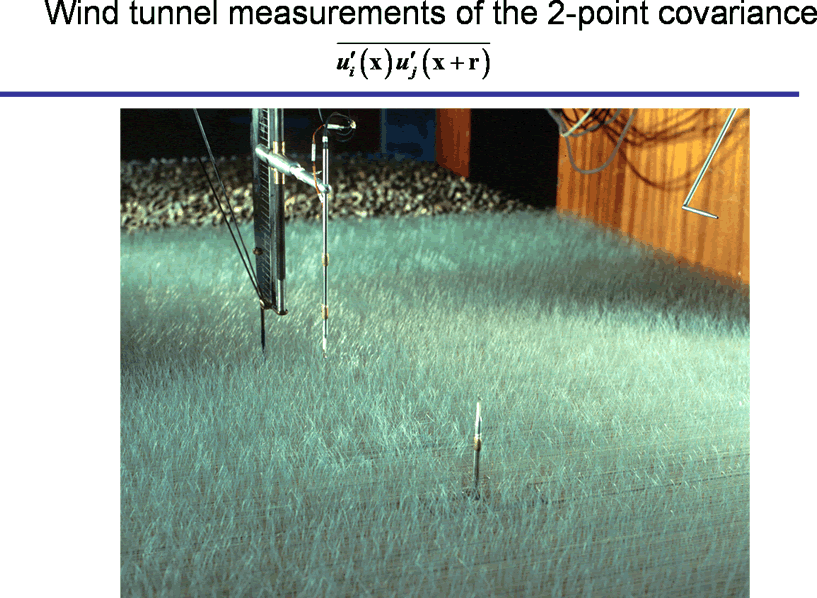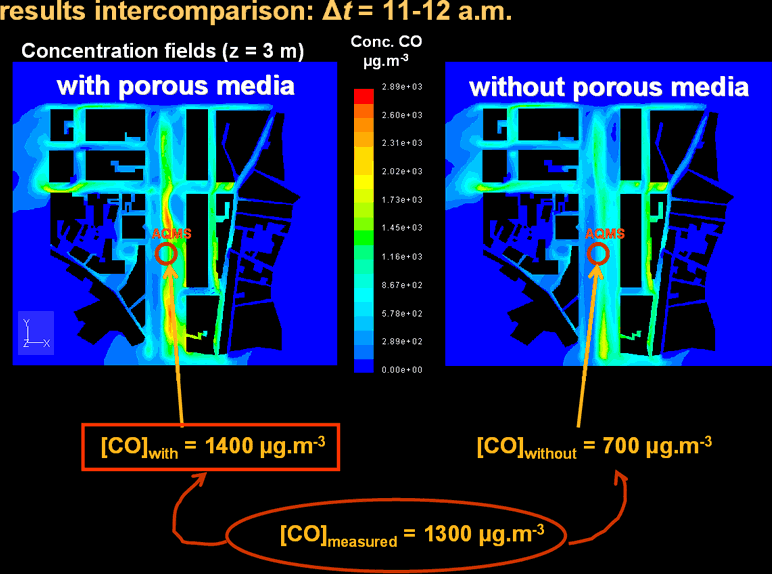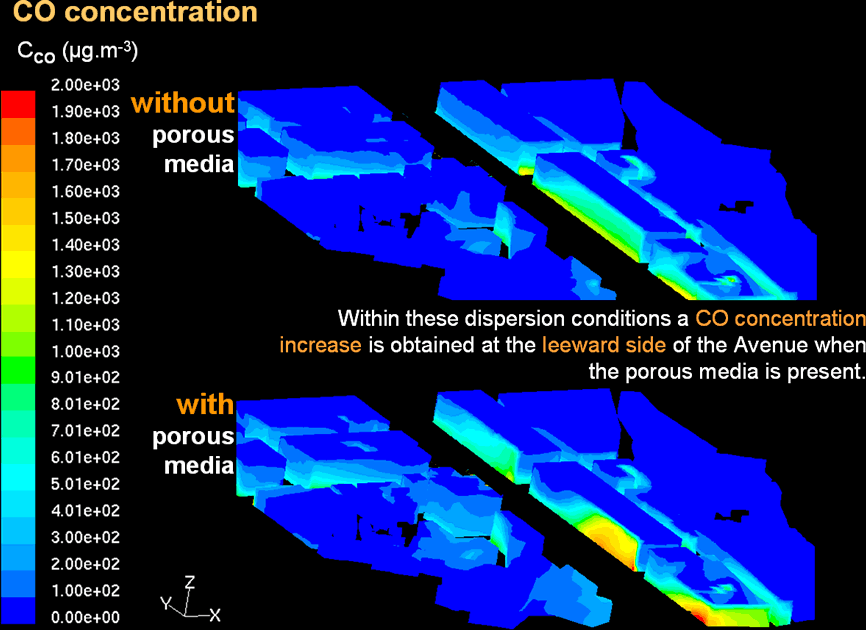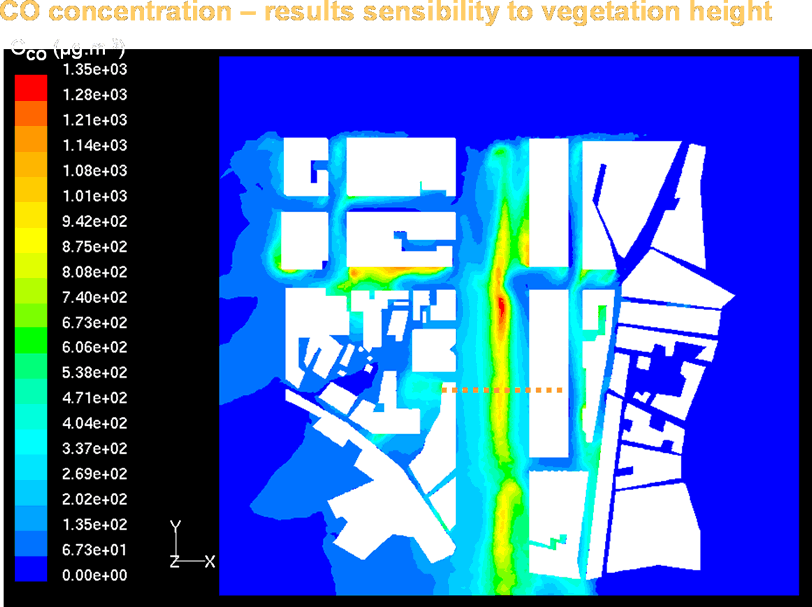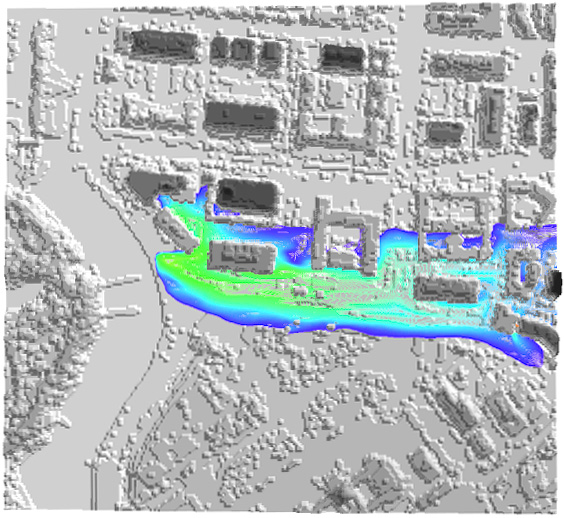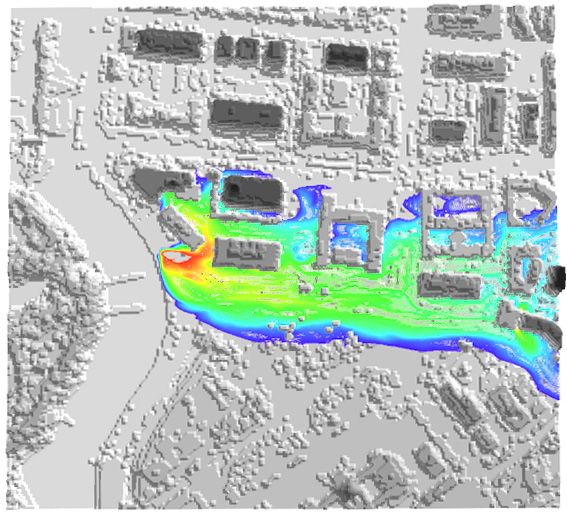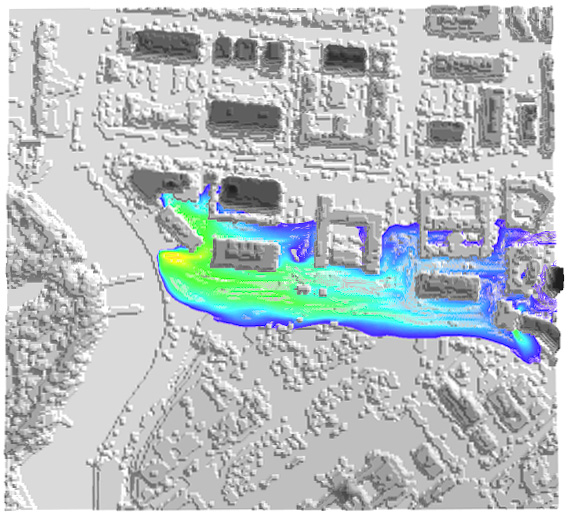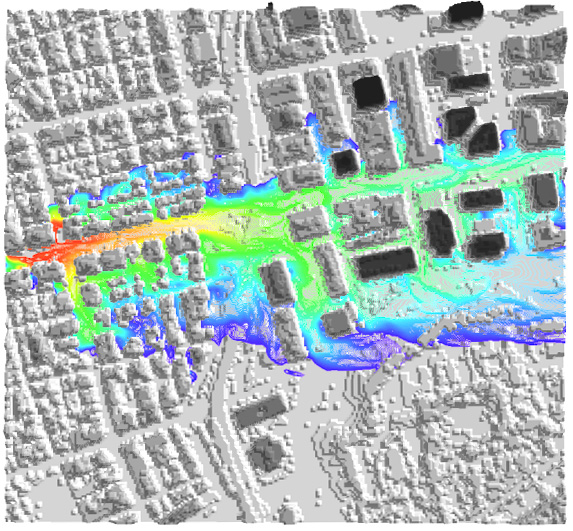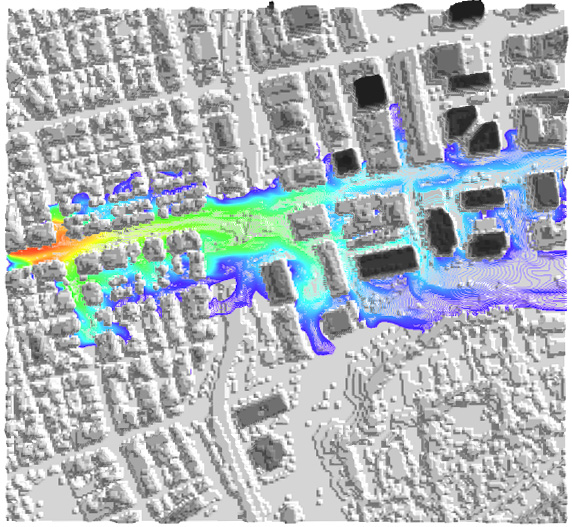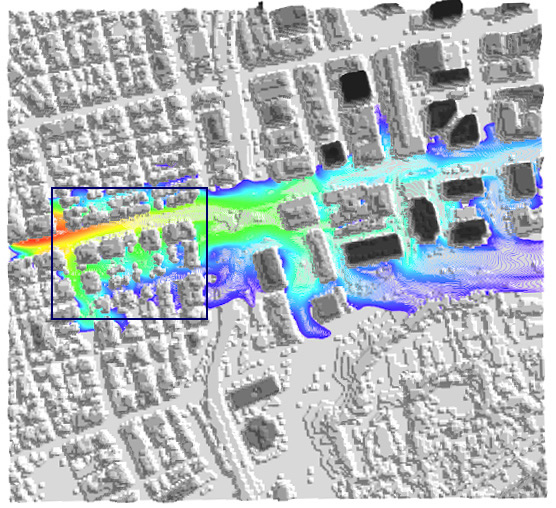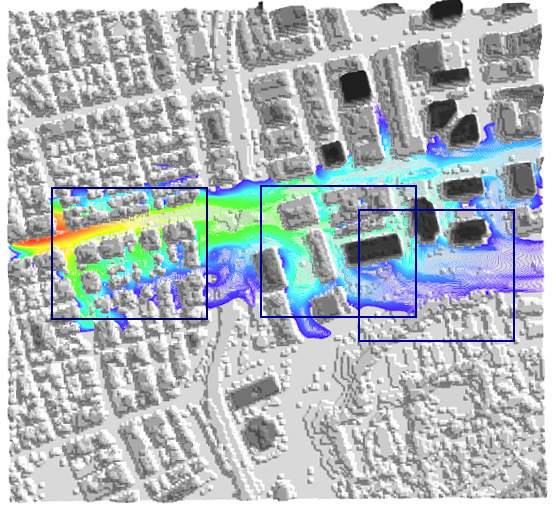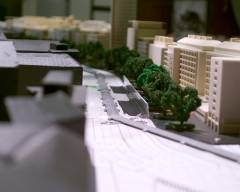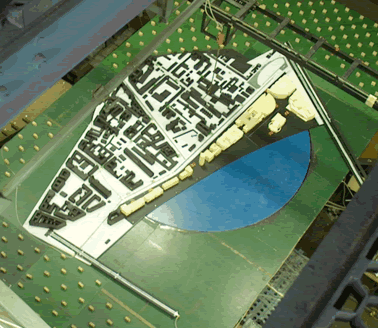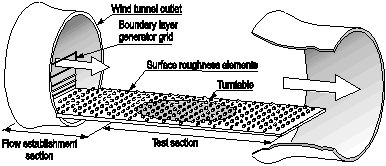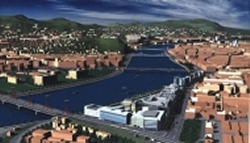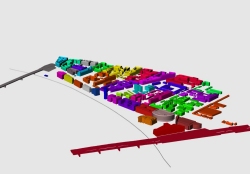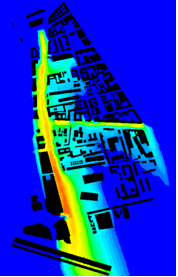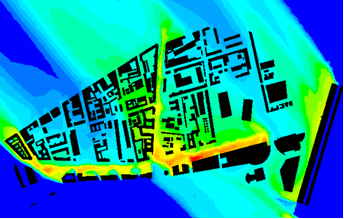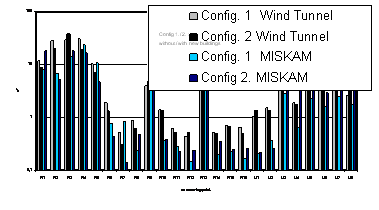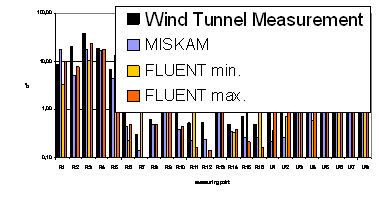When a heterogeneous medium (as the URL, in Meteorology and Urban Air Pollution) is the subject for experimental set-up and consecutive data reduction methods, then it is that the problem with the naturally physically seen two (or three scales if buildings interior is the conjugate medium as well) scales of phenomena in action. And when these problems being approached with the standard set of Homogeneous one scale fluid mechanics judgments, then we see the difficulties with assessment of what are considered as the results - the fields of meteoelements and pollutant concentrations.
Contrary to the Homogeneous medium treatment, if one would be able to use the two scale transport (and interests) VAT concept and modeling tools, then the results are capable to model the problem as the two scale one - even with the parametric inclusion of few effects. Note, that many features are not just available for the one scale - one or two-phase simulation.
For example -
1) The inclusion of morphology properties directly into modeling equations is available and mandatory for the VAT models. The experimental features of heterogeneous media (URL or vegetation) became available and immediately tied directly to the physical and mathematical VAT two-scale model.
2) The modeling coefficients are directly tied to the physical and morphological properties of the task - following the specifics of given URL's.
3) There are features of transport between the street air qualities and the buildings (second phase) air quality. More of that, when the internal buildings pollutants sources introduced into the third medium model, the level of concentration inside of the buildings can become much higher then of the street level. This experimentally found feature is not properly modeled when the only buildings air pollutant concentrations simulated as in a separate phase system. Those two spatial environments are conjugated media. And these are special features dramatically different for the medium of street air and the building's interior space. By the way, mostly the population provides the time spent within the buildings, so, this is much more important task to model and analyze.
4) The output model's data - even for one scale Homogeneous Models the results should be presenting the values of some representative volume (REV) or some of the substantial domain within the problem's acting volume, which is the final goal for the assessment of hazardous situation. Otherwise, as we illustrate below, the local concentration of pollutant's field SHOW NOTHING BUT JUST Concentration Level at given point(s). This kind of output results show nothing useful, but the spots of instantaneous maximum concentrations. These points of maximum concentration will be sneaking to another spots depending on the wind direction and other external meteoconditions. To make things more obvious I would say, that in this mode we virtually demonstrate the instant flow field and the pollutants concentration fields around of one and few sand grains in the sandy beach and asking for the permission to lay down the resort? Does it have any sense?
On another side, should be the Local Data simulations treated with some special kind of volume averaging procedure following the VAT specifics, then the all two-scale features and characteristics as, for example, concentration fluxes calculation following averaging procedures calculation would be available. They will be simulated incorrectly if using the homogeneous GO theorem, etc. We have shown this for technical scaled problems, which are easier undergoing physical and simulation experiments.
More on the one scale features. Using the one scale simulation results:
5) Can the authors of experimental studies (and numerical simulation) assess the Reynolds number? Not a local point Re number, but characteristic one for the medium as the heterogeneous non-local entity? Or any other characteristic nondimensional number? I can not see this in any of these experiments or high definition DMM-DNM the standard fluid mechanics parameters ?
Why ? Because authors of one-scale studies just don't know how to make them up ? Locally - it doesn't have any sence. Some kind of Bulk Value - then, How to justify and calculate those ?
6) Someone can not calculate the rates of concentration wash-out, because the mean fluxes in any direction unavailable to calculate correctly in one scale homogeneous statements.
7) The rates of fluctuation in the contaminated areas are not available - because the instant local fluctuations as shown in many figures are just instant characteristics not useful for the health threat assessments.
8) The rates of concentration exchange between the street level air and the buildings internal space structures air are unavailable.
9) The rates of adsorption in the contaminated areas are not available; etc., etc.
To illustrate the issues I have written above I would like to use few studies from the NATO AS-980064 Institute - Kiev, May 4-15, 2004 and from some other investigations.
The studies concerned with are the physical experiments and the numerical simulation experiments.
These pictures below are from the report by Coceal, O., Thomas, T.G., Castro, I.P., and Belcher, S.E., "Turbulent Flow Over Groups of Urban-Like Obstacles," in NATO Advanced Study Institute-980064, Institute of Hydromechanics, Kiev, pp. 62-63, 2004.
can be found at - "Coceal/",
and we need to continue the talk about this report started above in "Modeling and Averaging in Meteorology of Heterogeneous Domains - Follow-up the NATO PST.ASI.980064" -
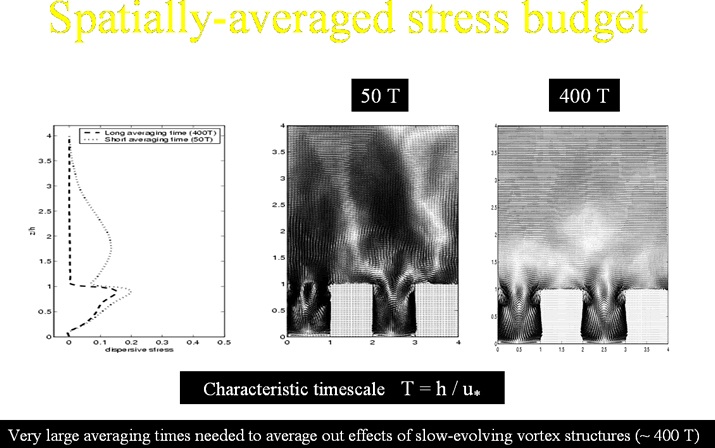
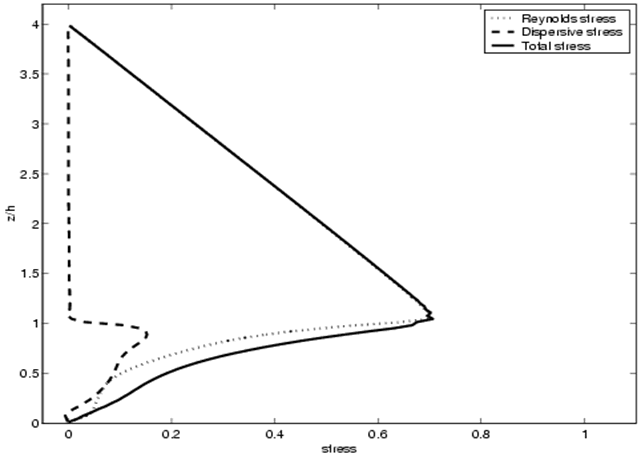
This is the very much awaited study - with the simulation experiment aimed to calculate the some part (stress tensor components) in the averaged Upper scale equation of turbulent momentum for inside and above the porous layer. The porous layer was taken as the regular network of straight square pin fins.
The authors did attempt to make averaging of the flow dynamics characteristics
as the Reynolds stress in usual sence, and of the dispersive stress one
component (vertical) as via using the equation (following Raupach and Shaw,
1982)
 with the spatial fluctuation given as
with the spatial fluctuation given as
 where the averaging done as the surface-plane 2D averaging
where the averaging done as the surface-plane 2D averaging
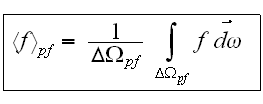 This momentum averaged equation is incorrect equation - see the analysis above
in the
http://travkin-hspt.com/urbp/turbpart/Turbpart.htm
This momentum averaged equation is incorrect equation - see the analysis above
in the
http://travkin-hspt.com/urbp/turbpart/Turbpart.htm
As I said, I consider this is the good experiment, with errors but still a good experiment.
Furthermore, admitting that we had put the large number of terms into that function

 ,
the value of
,
the value of

 is undermined because of the type of averaging - the 2D surficial, plane
intrinsic phase surface averaging. And this is the reason why the curve for
"dispersive stress" is rather small in values in the region filled with pin
fins, and the Reynolds stress curve is so unusually straight-strong above the
pin fins. The "dispersive stress" curve I think ought to be much larger in the
pins volume and above it for some extent. Or the local turbulent fluid stress
should be smaller in the region of pin fins.
is undermined because of the type of averaging - the 2D surficial, plane
intrinsic phase surface averaging. And this is the reason why the curve for
"dispersive stress" is rather small in values in the region filled with pin
fins, and the Reynolds stress curve is so unusually straight-strong above the
pin fins. The "dispersive stress" curve I think ought to be much larger in the
pins volume and above it for some extent. Or the local turbulent fluid stress
should be smaller in the region of pin fins.
There is the problem with calculation of morpho-fluctuations

 and the instant value
and the instant value

 fluctuations.
fluctuations.
Also, because the problem's momentum equation formulated with incorrect averaging - the balance of "stress" tensor different components as it was performed for these two terms incorrect because of the sharp change in the fluid fraction in the REV, even in the 2D REV. This is the one of situations (problem's morphology) when we have the boundary between the homogeneous fluid volume and the two-phase "porous" like domain. The vector (tensor) fields should be continuous through this boundary, meaning we need the Phase Averaging, but not the Intrinsic Phase Average of the velocity field.
Also, there might be a problem with the uneven shape of the 2D REV authors had chosen to perform averaging over it. The computational domain seems was the same as the REV averaging in plane, and this is the problem because that 2D REV would be asymmetrical in x,y plane.
The Figure 2 on page 63 (also seen above) is incorrect - because of averaging type used and incorrect equation itself . Specifically - few moments we would reiterate here for the clarity of arguments and to return to basic definitions. I need to say again that the inconsistent (with broken derivations) application of the VAT theory, when researchers try to reinvent what has been written many years ago and very much known in other disciplines, bring down the incorrect governing equations, creates confusion and loss of time.
Authors noted that - "Averaging over shorter timescales gives significant dispersive stress even above the array." This is the correct comment and more on that - this is the correct intension, if any to make the dispersive "stress" (here it was not completely defined) larger. It should be larger due to number of reasons, at least two of them I would mention here - a) that the averaging should be provided over the finite volumetric slice, but not a plane surface as done in this study; b) morphology related fluctuations stress function derived using the intrinsic phase average, of coarse is incorrect.
Also, I would easily argue that there is no balance of momentum on the Upper scale confirmed through the usage of this "averaged" momentum equation.
The determination of the Re number presents a challenge in this kind of
formulations.
~~~~
Returning to the study by Pokrajac, D., Cambell, L., Manes, C., and McEwan, I., "Interpretation of PIV Measurements of Open Channel Flow over Rough Bed Using Double-Averaged Navier-Stokes Equations," in NATO Advanced Study Institute-980064, Institute of Hydromechanics, Kiev, pp. 156-157, 2004,
I would like to comment here in this subsection because in this study the same kind of research aimed to calculate based on experiment the morpho-stress term
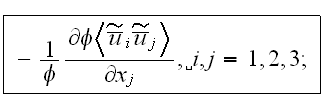
in the almost correct (one term absent) momentum equation


When they took the morpho-stress term in the form shown above as in the momentum equation - by this form alone they
almost disintegrate the influence of the very important variable morphology function - the porosity function.
This action was done specifically to eliminate the influence of porosity function - and this is mistake.
It appeared later, that the morpho-stress and the turbulent stress related terms
have almost no connection to the porosity function - but this is the opposite situation
according to the morphology models of the both these close by like "design" studies.
That is why we see here so strong jumps in stress curves at the height
of the obstacles - there is no conservation of the tensorial variable's fields.
As long as the specifics of the averaged domains are not available from the lecture presentation's slides at this moment, and the "stress" curves behavior reminds closely the same curves I commented above regarding the calculations by Coceal, O., Thomas, T.G., Castro, I.P., and Belcher, S.E., (2004), my guess would be the same - that there were taken the 2D averaging flat horizontal domains for calculation of the morpho-stress in the lower layer occupied by "porous" medium
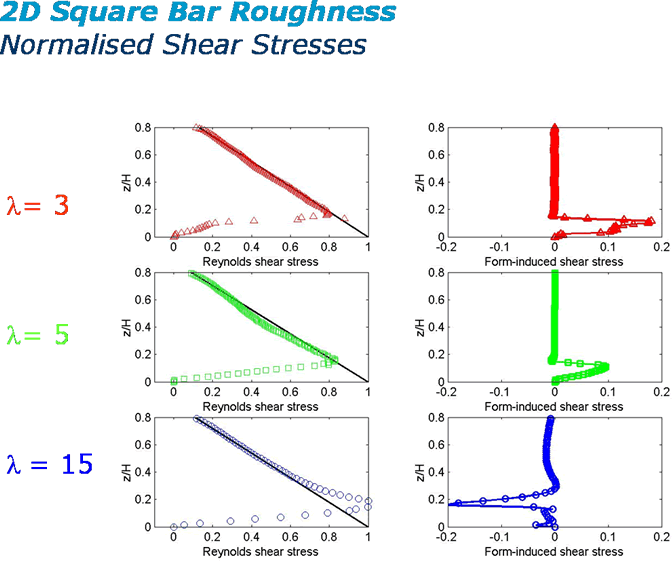
The closure techniques and the peculiarities of the volume averaging integration should be disclosed by any research team - to make available for others in the community to make a judgment. That's according to our experiences. This is the same situation as with the physical direct measurements - when ONLY THE EXPERIMENTALIST IS NOT SURE ABOUT THE RESULTS, although the outside reader tends to believe to experiment more than to the theoretical results ? To the theoreticians it remains a mystery - Why is that, because we know about numerous reasons the experimental study can show wrong tendencies?
That is why journals demand usually from authors of an experimental work the features of the applied measuring techniques.
And this is exactly the cause I am talking about: the data reduction for DMM-DNM or direct physical experiment for these VAT two-scale tasks are not so obvious Homogeneous physics data reduction routines as are being used right now by this small number of groups who actually sensed the taste for these problems in meteorology and pollution modeling! !
As I said above - that there is the problem with regard of the procedures
how researchers will calculate
the morpho-fluctuations

 and the values of instant
and the values of instant

 fluctuations.
fluctuations.
At this stage of the two scale VAT turbulent research we are at the similar situation -
when the many details every team could develop for themselves should be verified by others when
doing the analogous operations.
~~~~
Finnigan, J., "Turbulent Flow in Canopies on Complex Topography and the Effects of Stable Stratification," in NATO Advanced Study Institute-980064, Institute of Hydromechanics, Kiev, pp. 20-24, 2004.
The picture below is a fine demonstration of huge effort researchers do to study the subject.
In spite that this is the two scale problem, the goals for this particular experiment were stated as for the one scale specifically difficult turbulent process mission.
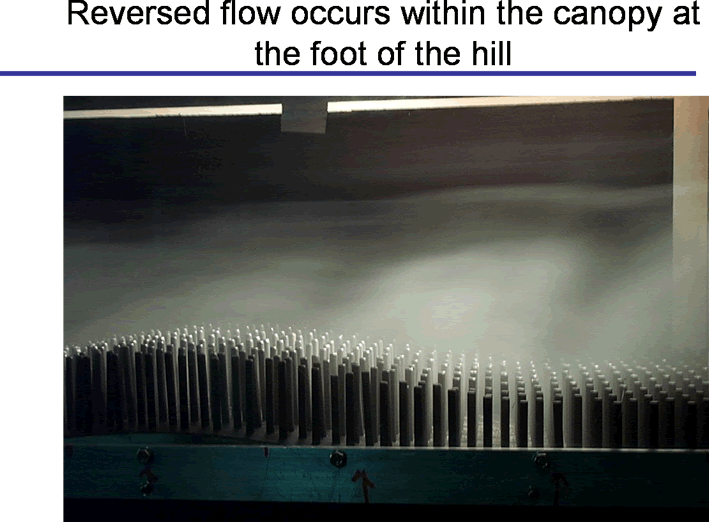
We are familiar to this kind of measurements. This experimental set-up for meteorology study happens to be close in mechanical design to the one we used for similar goals for problem in semiconductors heat sink devices design.
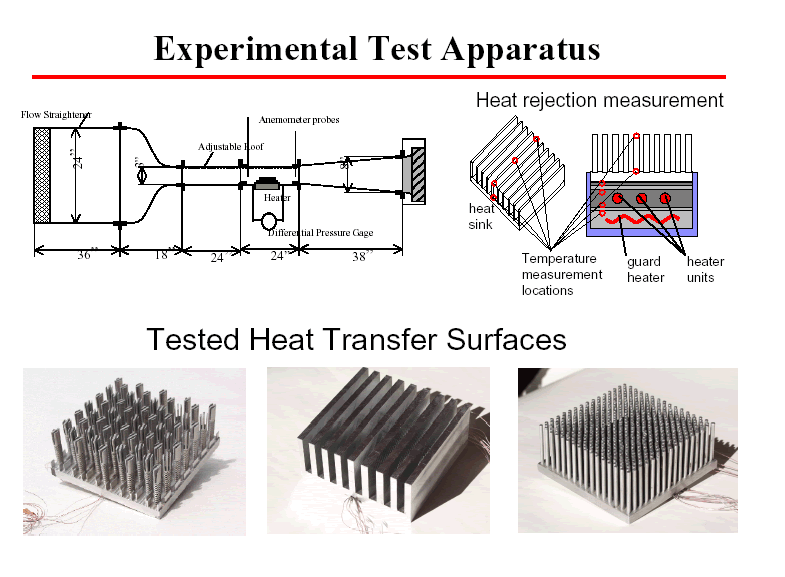
In our study we were concerned with providing the two scale measurements - the local and the bulk, "averaged" in some fashion according to the VAT requirements and to the available resources. In that way we found the great increase in amount of workload, measurements sampled, quite different data reduction needs and similar problems. Partially due to this significant enlargement of labor and time restrictions, that study was not done as an accomplished one. Anyway, a number of problems had been solved and results with two scale measurements of this kind can be seen at -
